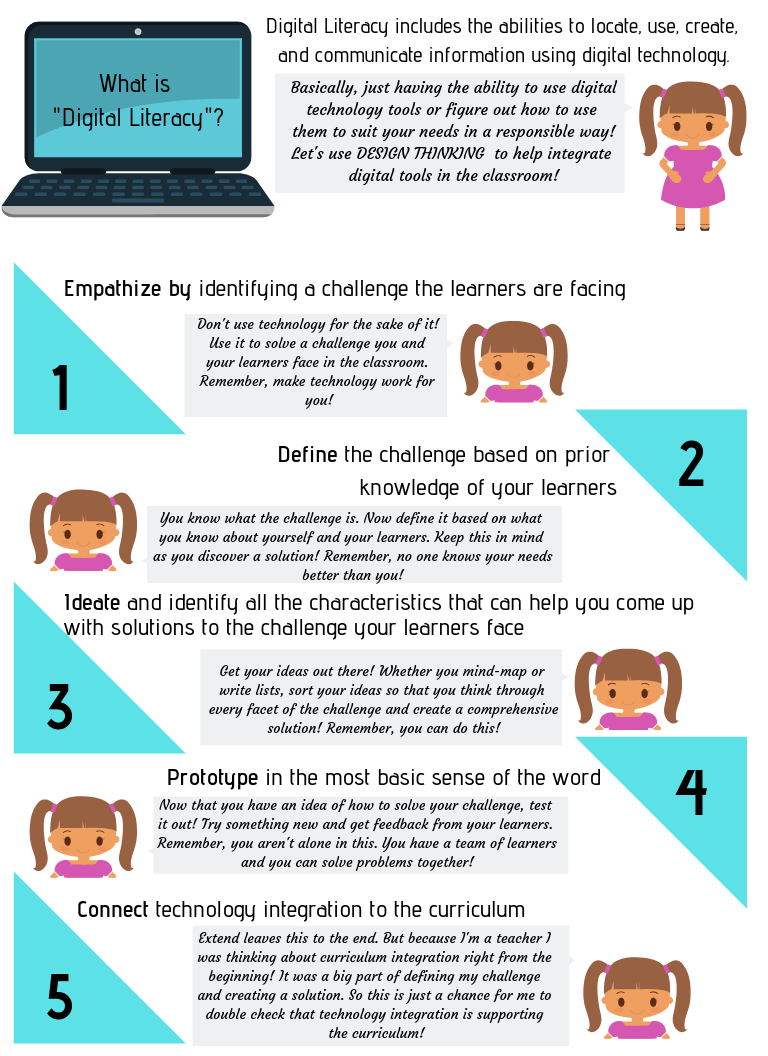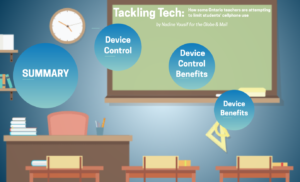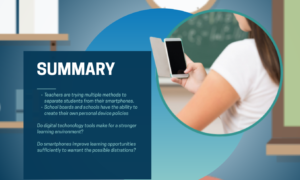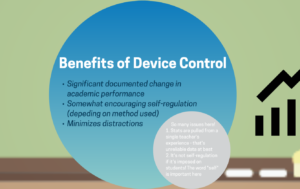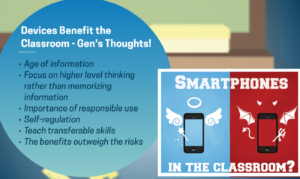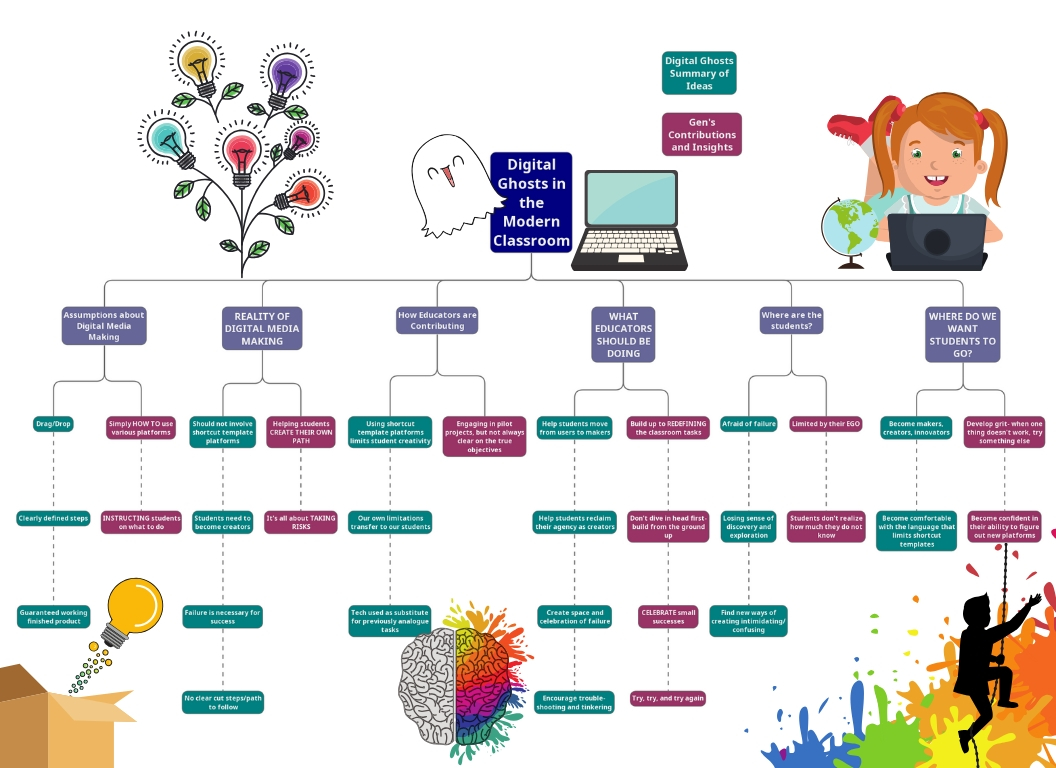Extend’s Technologist module allows educators to work through a design process to purposefully integrate technology in the classroom. As I read through the process, I could hear “SAMR!” being screamed in the back of my mind. By following the design process outlined in the Technologist module and consistently returning to the “Define” step throughout the process to, educators are on the path to successfully redefine their classroom with the use of purposeful technology. Although this module proposes design thinking for this particular situation, I believe that it is useful in every problem-solving situation. In fact, in an IB MYP school, “Design” is a subject taught to all students and places significant emphasis on the design process to create purposeful solutions to real-life problems. Working through this module, I am thrilled to see that this thought process is being encouraged for all educators (who will hopefully then share the thinking process with their students).
While the term “technologist” might feel a bit extreme to educators who are only starting to become comfortable using technology in their classrooms, this module truly walks them through the steps to developing digital literacy. There is often a misconception that being digitally literate means that you are competent with all technology. However, I propose that it’s more about knowing how to find the information to use technology in meaningful ways. It’s about being resourceful and willing to try and problem-solve when something doesn’t work. Most importantly, technology in the classroom requires a growth mindset. There will be problems. Challenges with tech are inevitable. However, if teachers and students have the will, they will find a way to make meaningful solutions work.
In creating this multimedia artifact, I knew that the Technologist module would be challenging enough to summarize and incorporate my own ideas. So I chose to use a medium I was more comfortable with. I used Canva to create this piece because it afforded me the opportunity to construct without a template. In past assignments, Canva has received criticism for limiting creativity due to restrictive templates. However, most people don’t realize that you can use it without a template to create your own design without limitation. With a little creativity (and digital literacy *wink wink*) even free online software that is known for templates can allow for unique and individualized creations!

